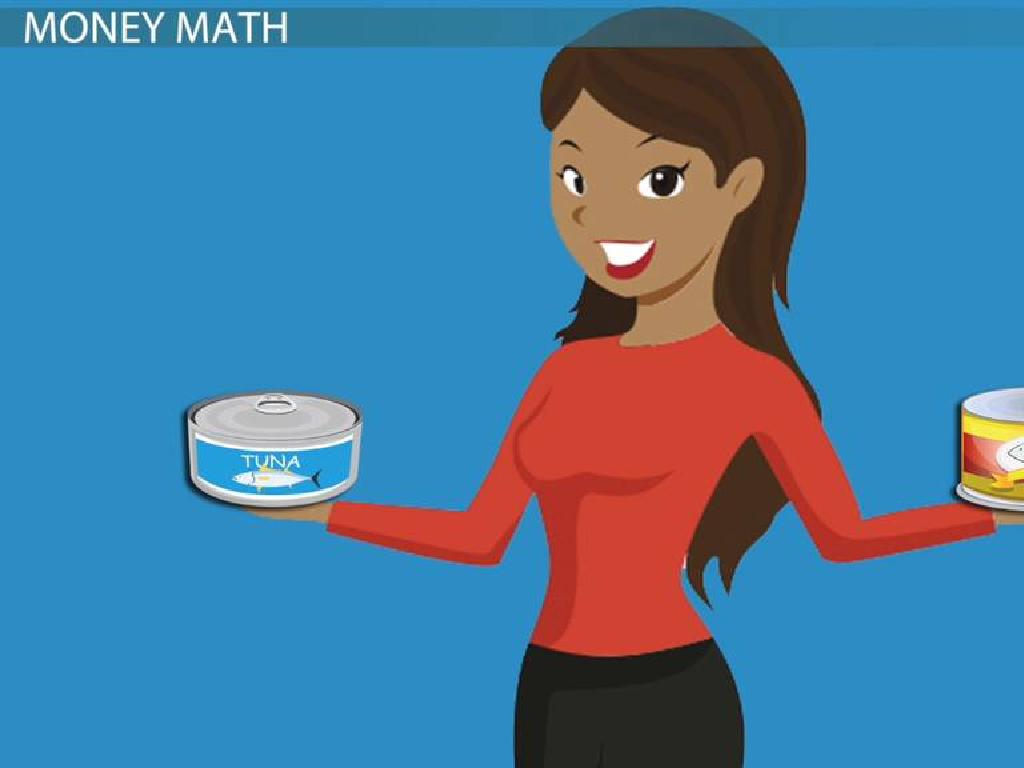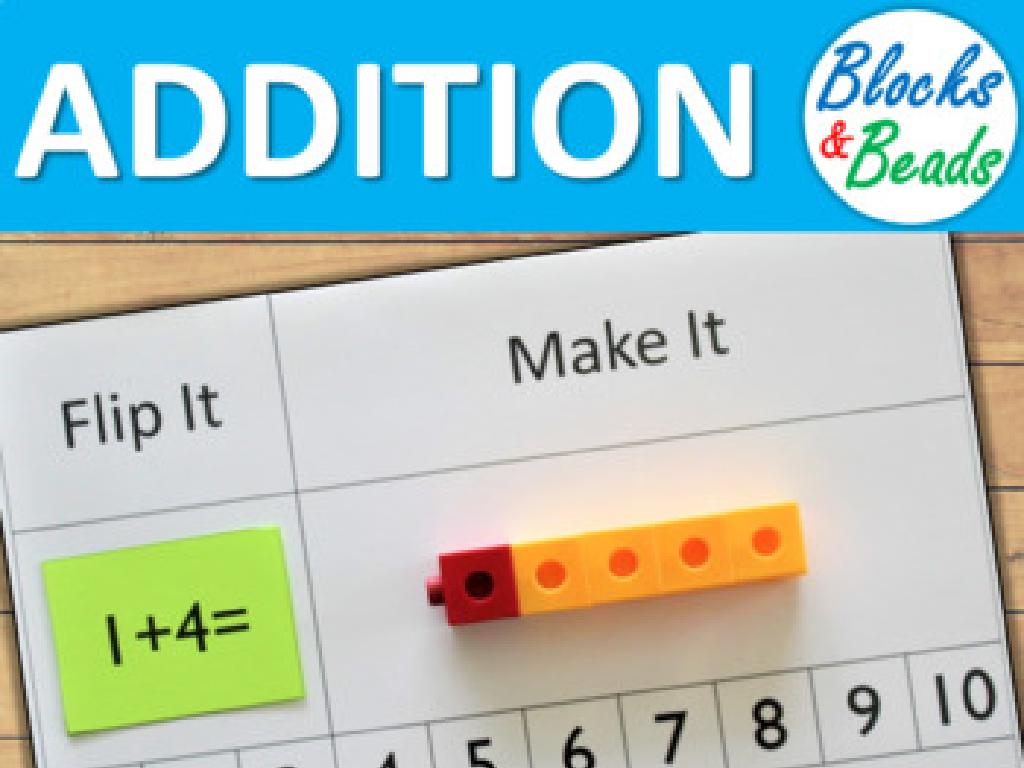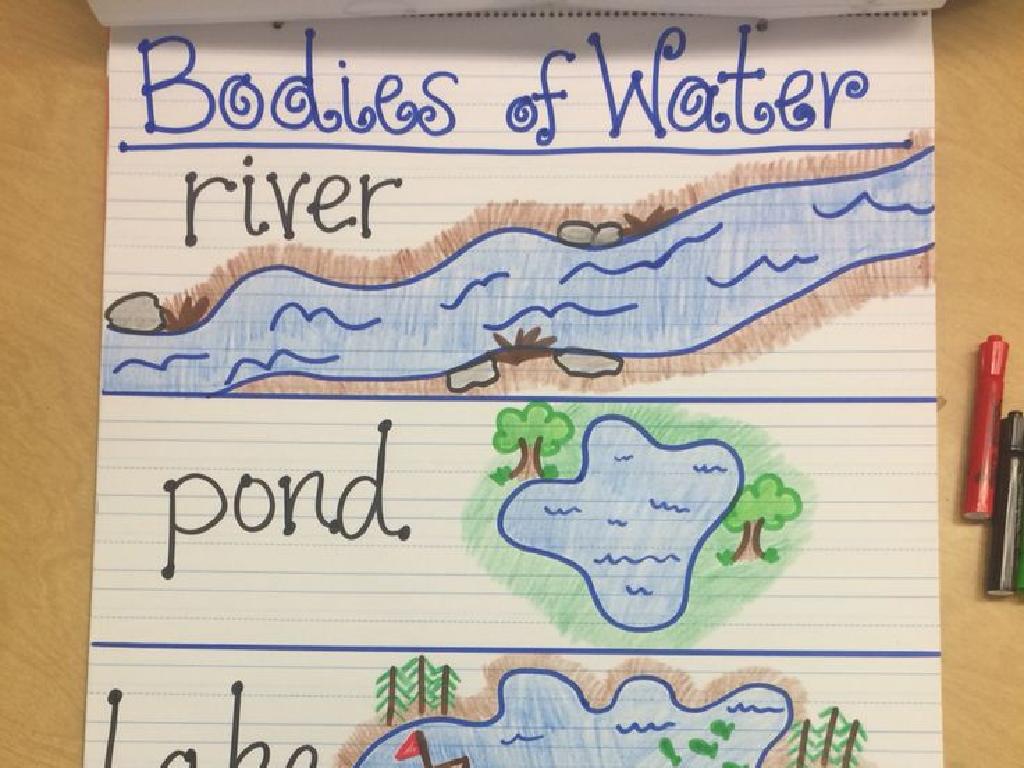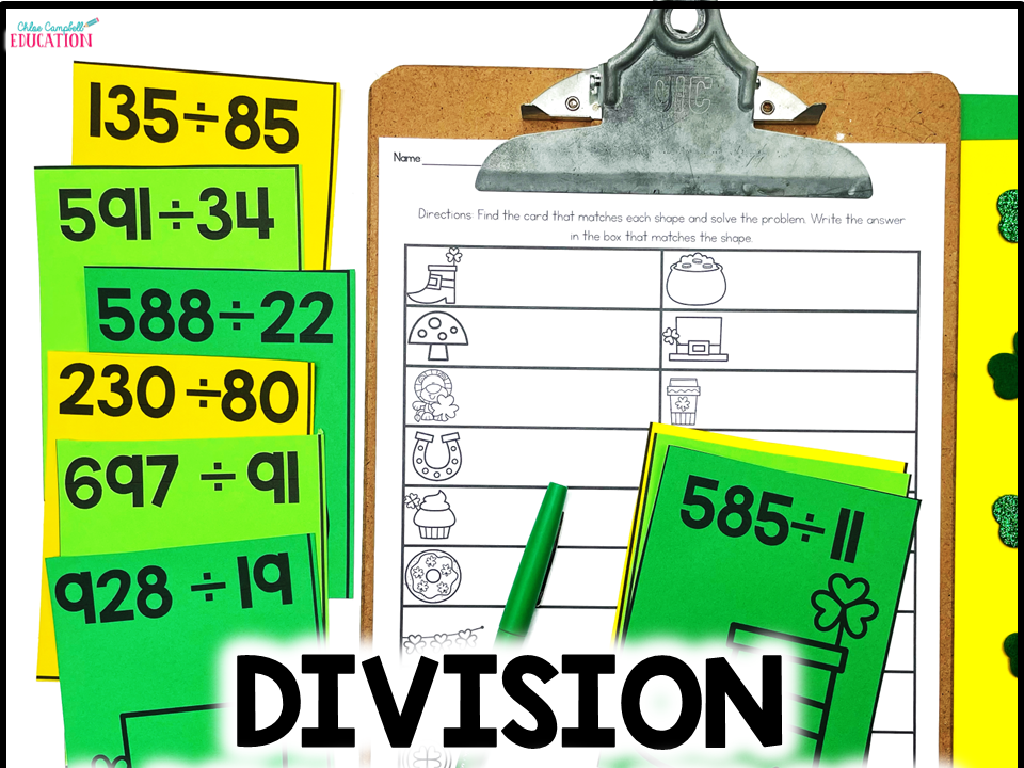Is The Sentence In The Past, Present, Or Future Tense?
Subject: Language arts
Grade: Third grade
Topic: Verb Tense
Please LOG IN to download the presentation. Access is available to registered users only.
View More Content
Welcome to Verb Tenses!
– Understanding verb tenses
– Verb tenses tell us when an action happens
– What is a verb?
– A verb is an action word like run, jump, or think
– Today’s focus: Past, Present, Future
– We’ll learn how to tell if an action is already done, happening now, or will happen
– Identifying tense in sentences
|
This slide introduces the concept of verb tenses to third graders, which is crucial for their understanding of how to correctly form and use verbs in sentences. Begin by explaining that verb tenses indicate the timing of the action. Then, define a verb as a word that shows action or a state of being. Today’s lesson will focus on distinguishing between past, present, and future tenses. Engage the students with examples of each tense and encourage them to identify the tense of verbs in sample sentences. This will help them grasp how the use of different tenses changes the meaning of a sentence and how it relates to time.
Understanding Verb Tenses
– What is a verb?
– A verb is a word that shows action or doing something
– Verbs show actions or states
– Verbs can also describe a state of being, like ‘is’ or ‘have’
– Examples: run, jump, is, have
– ‘Run’ and ‘jump’ are action verbs; ‘is’ and ‘have’ are state verbs
– Tenses tell us when action happens
– Past, present, future tenses indicate the time of the action
|
Begin the lesson by defining a verb as an action word or a state of being. Provide clear examples that the students can relate to, such as ‘run’ for an action verb and ‘is’ for a state verb. Emphasize that verbs are essential in a sentence because they tell us what the subject is doing or how they are. Introduce the concept of verb tenses, explaining that they help us understand when the action or state is occurring: in the past, present, or future. Use examples to illustrate how the same verb can change form to indicate a different time frame. Encourage students to think of more verbs and practice identifying the tense.
Discovering Tenses in Sentences
– Tenses show when actions happen
– Three main tenses: Past, Present, Future
– Past: action already happened, e.g., ‘I walked.’
– Identifying each tense
– Present: action happening now, e.g., ‘I walk.’
– Practice with examples
– Future: action will happen, e.g., ‘I will walk.’
|
This slide introduces the concept of verb tenses to the students, explaining that tenses indicate the timing of an action. Emphasize the three main tenses: past, present, and future. Provide clear examples for each tense, using simple and relatable actions. Encourage students to think of actions they do every day and how they would talk about them in different tenses. Plan an interactive activity where students can come up with sentences in different tenses or identify the tense of given sentences. This will help solidify their understanding of how tenses change the meaning of sentences and how they are used in everyday language.
Understanding Past Tense in Sentences
– Past tense: action already happened
– It’s like looking at a photo of something that’s already done!
– Look for words ending in -ed
– Words like ‘walked’ and ‘jumped’ tell us the action is finished.
– Example: ‘She danced at the party yesterday.’
– ‘Danced’ shows the action was in the past because of the party being yesterday.
|
This slide introduces the concept of past tense to third-grade students. Emphasize that past tense verbs often end in -ed and are used to describe actions that have already been completed. Use the example sentence to illustrate how the verb ‘danced’ indicates that the action took place in the past, specifically ‘yesterday’ which is a clear indicator of past time. Encourage students to think of actions they did yesterday or earlier and to practice forming sentences using past tense verbs. This will help them understand how to recognize and use past tense in their writing and speaking.
Understanding Present Tense
– Present tense: action now
– It shows the action is happening currently.
– Describes routines or facts
– It’s used for habits, like brushing teeth.
– Example: Daily breakfast routine
– ‘He eats breakfast every morning’ shows a daily action.
– Recognizing present tense verbs
– Look for verbs ending in -s, -es, or simple forms like ‘run’, ‘play’.
|
This slide introduces the concept of present tense to the students, emphasizing that it is used to indicate actions taking place at the moment of speaking or habitual actions. It also covers the use of present tense to state facts. The example provided will help students understand how present tense is used in the context of daily routines. Teachers should explain how to spot present tense verbs in sentences and encourage students to practice by identifying verbs in present tense from their reading or in sentences they create. This will help solidify their understanding of present tense usage in everyday language.
Understanding Future Tense
– Future tense shows action will happen
– It’s about things that haven’t happened yet.
– Use ‘will’ or ‘shall’ before the verb
– ‘Will go’ to a party, ‘shall write’ a letter
– Example: ‘They will travel to Paris next year.’
– Talking about a trip that is planned for the future.
|
The future tense is used when we want to talk about things that have not happened yet. It’s like making a promise or a plan. We use ‘will’ or ‘shall’ with the base form of the verb to show that the action is in the future. For example, ‘I will learn to play the piano.’ or ‘She shall read a new book.’ It’s important to give students plenty of examples and to let them practice by making sentences about their own future plans. Encourage them to think about things they are excited to do and to share these sentences with the class.
Let’s Practice Verb Tenses!
– I’ll read sentences aloud
– Determine the sentence tense
– Decide if the action has already happened, is happening, or will happen
– Focus on the verb’s tense
– Verbs tell us when an action takes place
– Is it past, present, or future?
|
This interactive class activity is designed to help students practice identifying verb tenses within the context of sentences. As the teacher reads each sentence, students should concentrate on the verb and use it to determine whether the action described has already happened (past), is currently happening (present), or will happen (future). Encourage students to listen for key words that often accompany different tenses, such as ‘yesterday’ for past tense, ‘now’ for present tense, and ‘will’ or ‘going to’ for future tense. Prepare a diverse set of sentences to read to the class, and consider having students come up to the board to write the tense they believe each sentence is in. This will foster engagement and provide a visual aid for the class to discuss each example.
Class Activity: Time Detectives
– Work in groups to find verbs
– Determine the verb tense
– Is the action finished, happening now, or yet to happen?
– Create a tense categorized poster
– Use different colors or sections for past, present, and future
– Present your findings to the class
– Explain why you chose each tense for the verbs
|
In this engaging class activity, students will become ‘Time Detectives’ and work collaboratively to identify verbs in sentences and determine their tense. Provide a variety of sentences for the students to analyze. Encourage them to discuss within their groups why a verb is in the past, present, or future tense. Each group will create a poster, visually categorizing the sentences by tense, which will help reinforce their understanding of verb tenses. Finally, each group will present their poster to the class, explaining their reasoning for the tense categorization. This activity will enhance their grammar skills and their ability to work as a team.
Verb Tenses: Past, Present, and Future
– Congrats on learning verb tenses!
– Homework: Write 9 sentences
– Practice makes perfect with tenses
– 3 sentences in past tense
– Past tense example: ‘I walked to school.’
– 3 sentences in present tense
– Present tense example: ‘I walk to school.’
– 3 sentences in future tense
– Future tense example: ‘I will walk to school.’
|
Well done on today’s lesson about verb tenses! For homework, students are to reinforce their understanding by writing sentences in each tense. This exercise will help them distinguish between actions that have already happened, are currently happening, or will happen in the future. Encourage creativity and use of daily activities for their sentences. In the next class, we can review some of these sentences to ensure comprehension and correct use of tenses.






